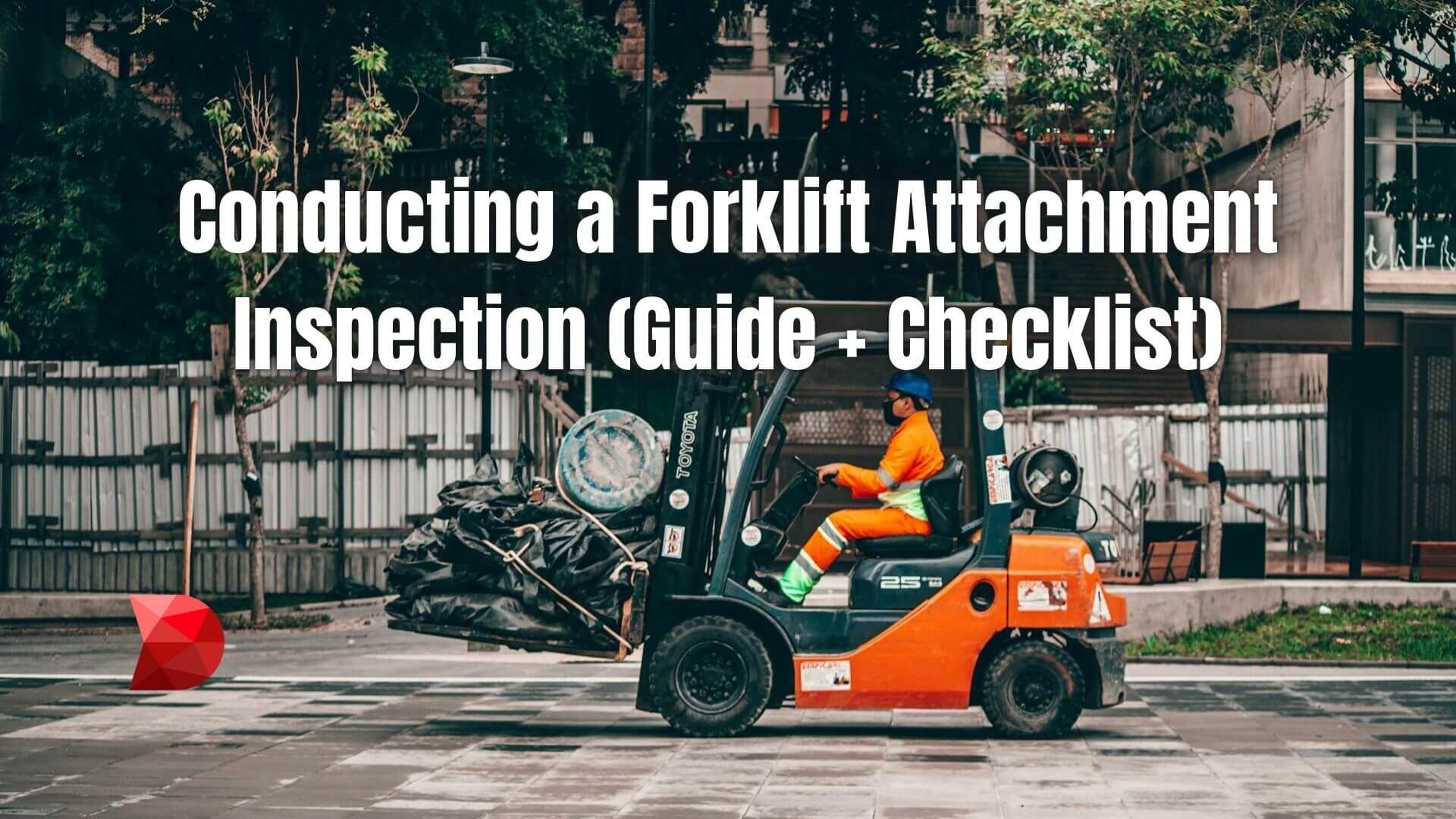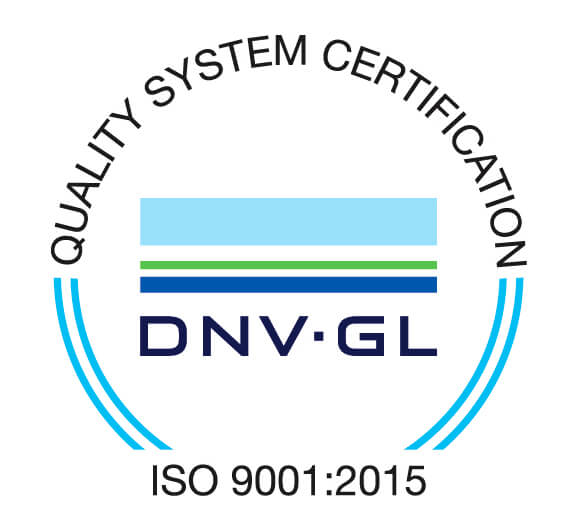A forklift attachment is a crucial component of many industrial operations, enhancing efficiency and versatility. To ensure safety and optimal performance, regular inspections are essential. By conducting regular inspections of your forklift attachments and using a checklist, you can identify potential issues early on, prevent costly downtime, and ensure compliance with safety regulations. This guide will provide a step-by-step process for conducting a thorough forklift attachment inspection and creating and using a comprehensive checklist.
Table of Contents
ToggleWhat are Forklift Attachments?
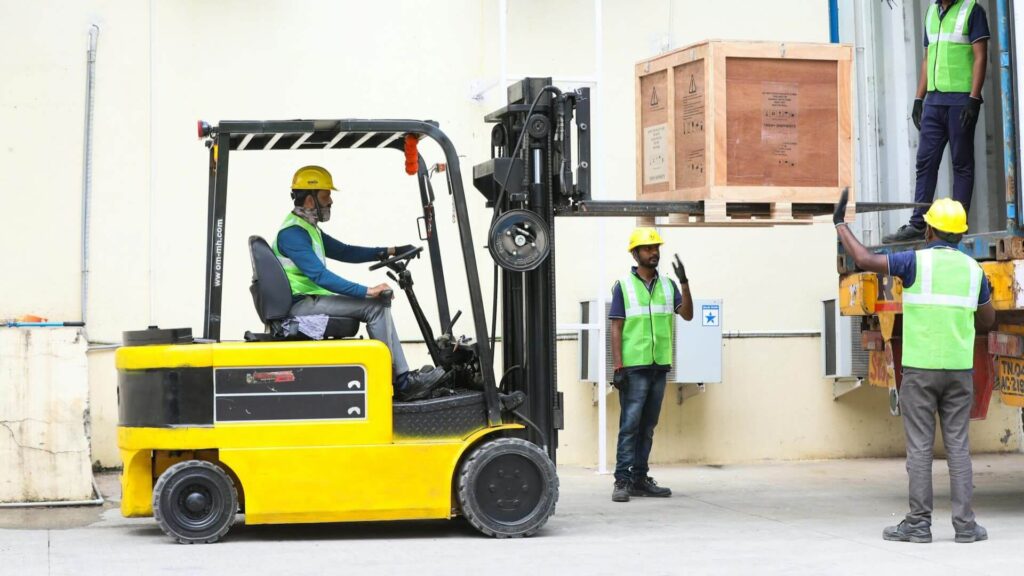
Forklift attachments are specialized tools that can be easily attached to and detached from the forks of a forklift truck, expanding its versatility and capabilities. These attachments are designed to handle a wide range of materials and tasks, making them indispensable in various industries.
By using forklift attachments, businesses can streamline their operations, improve efficiency, and enhance safety. These attachments allow for the safe and efficient handling of heavy, bulky, or awkwardly shaped materials that would be difficult or impossible to move with the standard forks alone.
Different Types of Forklift Attachments
Forklift attachments are essential tools that enhance the versatility and efficiency of forklifts in various industries. These attachments are designed to handle specific materials and tasks, making them indispensable for businesses of all sizes. By understanding the different types of forklift attachments available, you can select the most suitable ones for your specific needs.
Here is a list of common forklift attachments and their uses:
- Clamp Attachments: Used for handling long, cylindrical materials such as logs, pipes, and steel bars.
- Bucket Attachments: Ideal for moving loose materials like sand, gravel, and soil.
- Push-Pull Attachments: Designed for handling long, heavy materials such as lumber and steel beams.
- Paper Roll Clamp Attachments: Specifically designed for handling large rolls of paper.
- Rotator Attachments: Allow for the rotation of materials, making them useful for tasks like aligning or positioning objects.
- Side Loader Attachments: Expand the forklift’s reach to the side, enabling the handling of materials in narrow spaces.
- Fork Positioner Attachments: Allow for the adjustment of fork position, making them useful for handling various sizes of materials.
- Tilt Attachments: Enable the tilting of forks, facilitating the loading and unloading of materials onto uneven surfaces.
- Hoist Attachments: Used for lifting heavy objects that exceed the standard lifting capacity of the forklift.
- Container Handler Attachments: Designed for handling ISO containers, commonly used in shipping and logistics.
The Purpose of Forklift Attachment Inspections
While inspecting the forklift as a whole is essential, it’s equally important to focus on the attachments used with it. Regular inspections of forklift attachments are crucial for ensuring safety, efficiency, and compliance with industry standards. These inspections help identify potential issues early on, preventing accidents, minimizing downtime, and maximizing productivity.
Here are the primary purposes of conducting forklift attachment inspections:
- Safety: Identifying potential hazards such as cracks, leaks, or loose components to prevent accidents and injuries.
- Performance: Ensuring attachments are in good condition to optimize their efficiency and productivity.
- Compliance: Adhering to industry regulations and standards related to forklift attachment inspections.
- Cost-Effectiveness: Preventing costly repairs or replacements by identifying and addressing issues early on.
- Longevity: Prolonging the lifespan of forklift attachments through regular maintenance and care.
How to Conduct a Forklift Attachment Inspection
Regular inspections of forklift attachments are essential for ensuring safety, efficiency, and compliance. By following a systematic approach, you can effectively identify and address potential issues, preventing accidents and minimizing downtime. Here are the steps involved in conducting a thorough forklift attachment inspection:
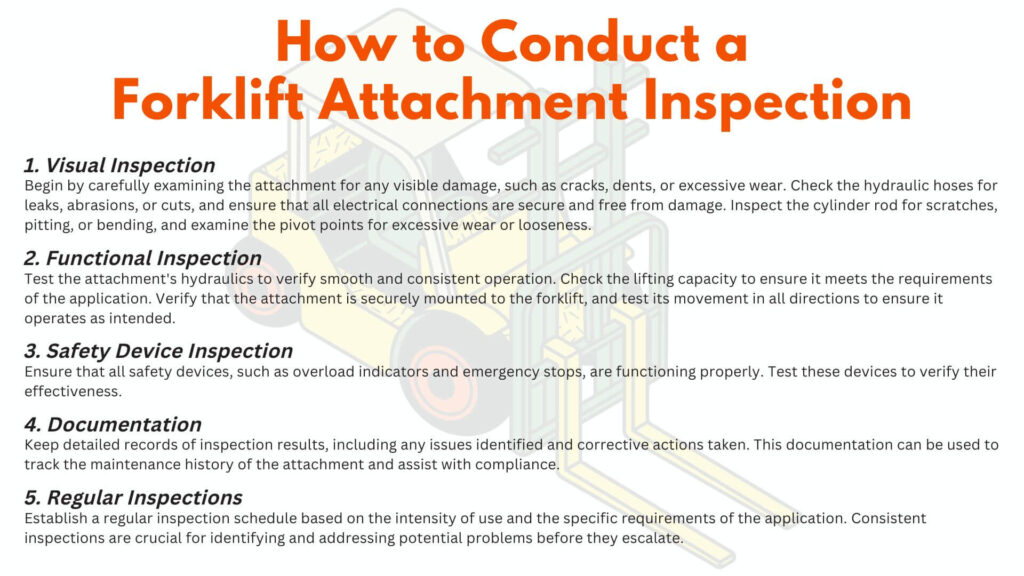
- Visual Inspection: Begin by carefully examining the attachment for any visible damage, such as cracks, dents, or excessive wear. Check the hydraulic hoses for leaks, abrasions, or cuts, and ensure that all electrical connections are secure and free from damage. Inspect the cylinder rod for scratches, pitting, or bending, and examine the pivot points for excessive wear or looseness.
- Functional Inspection: Test the attachment’s hydraulics to verify smooth and consistent operation. Check the lifting capacity to ensure it meets the requirements of the application. Verify that the attachment is securely mounted to the forklift, and test its movement in all directions to ensure it operates as intended.
- Safety Device Inspection: Ensure that all safety devices, such as overload indicators and emergency stops, are functioning properly. Test these devices to verify their effectiveness.
- Documentation: Keep detailed records of inspection results, including any issues identified and corrective actions taken. This documentation can be used to track the maintenance history of the attachment and assist with compliance.
- Regular Inspections: Establish a regular inspection schedule based on the intensity of use and the specific requirements of the application. Consistent inspections are crucial for identifying and addressing potential problems before they escalate.
What is a Forklift Attachment Inspection Checklist?
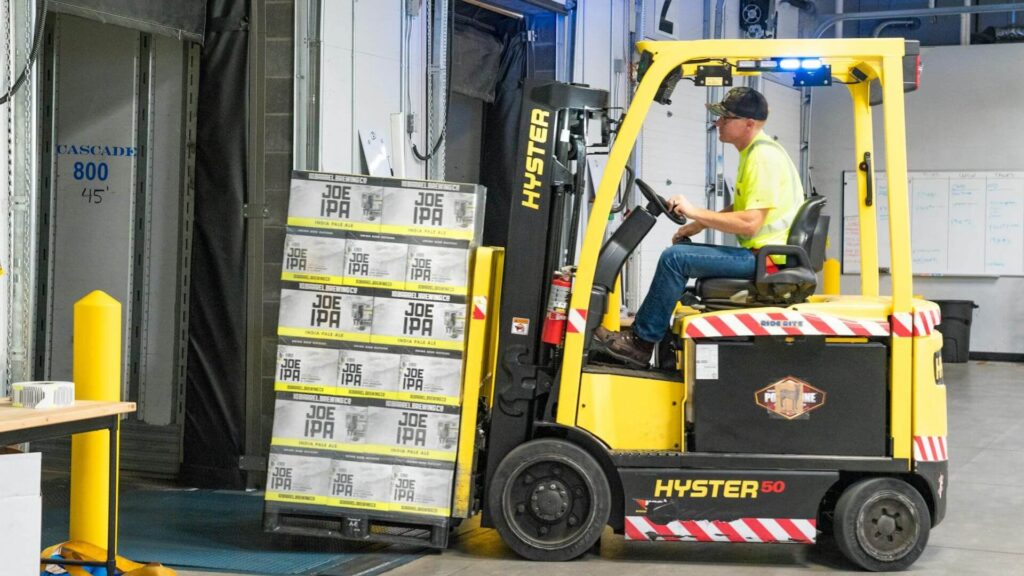
A forklift attachment inspection checklist is a comprehensive document that outlines the specific items to be inspected during a routine inspection of a forklift attachment. This checklist serves as a valuable tool for ensuring thorough and consistent inspections, helping to identify potential hazards, prevent accidents, and maintain optimal performance.
By using a standardized checklist, businesses can streamline the inspection process, improve efficiency, and ensure compliance with industry regulations. A well-designed checklist will include all relevant components and criteria for inspection, making it a valuable resource for both experienced and inexperienced personnel.
What to Include in a Forklift Attachment Inspection Checklist
A comprehensive forklift attachment inspection checklist is essential for ensuring safety, efficiency, and compliance. By including key sections and items, you can conduct thorough inspections, identify potential hazards, and prevent accidents. Here are the essential components of a forklift attachment inspection checklist:
Identification Information
- Attachment type
- Manufacturer
- Serial number
- Inspection date
- Inspector’s name
Visual Inspection
- Overall condition (cracks, dents, excessive wear)
- Hydraulic hoses (leaks, abrasions, cuts)
- Electrical connections (security, damage)
- Cylinder rod (scratches, pitting, bending)
- Pivot points (wear, looseness)
Functional Inspection
- Hydraulic operation (smoothness, consistency)
- Lifting capacity (meets requirements)
- Attachment security (securely mounted)
- Movement (operates as intended)
Safety Device Inspection
- Overload indicators (functioning properly)
- Emergency stops (functioning properly)
Additional Considerations
- Date of last inspection
- Any identified issues and corrective actions
Certification
- Space for inspector’s signature and certification of inspection completion
By including these sections and items in your forklift attachment inspection checklist, you can ensure that all critical components are thoroughly inspected, helping to maintain safety, efficiency, and compliance within your operation.
Frequently Asked Questions (FAQs)
Q1: How often should I conduct forklift attachment inspections?
The frequency of forklift attachment inspections depends on several factors, including the intensity of use, the type of attachment, and industry regulations. However, a general guideline is to conduct inspections at least monthly or more frequently for attachments used in demanding applications.
Q2: What should I do if I identify a problem during a forklift attachment inspection?
If you identify a problem during an inspection, immediately tag the attachment as “out of service” and report the issue to your supervisor or maintenance department. Do not attempt to use the attachment until the problem has been addressed and the attachment has been re-inspected and certified as safe for use.
Q3: Are there any specific industry regulations or standards for forklift attachment inspections?
Yes, many industries have specific regulations or standards governing forklift attachment inspections. It is important to be aware of and comply with these regulations to ensure safety and legal compliance.
Q4: Can I perform forklift attachment inspections myself, or do I need to hire a professional?
While it is possible to conduct forklift attachment inspections in-house, it is often recommended to hire a qualified professional to ensure that the inspections are thorough and accurate. A professional can also provide expert guidance and recommendations for maintaining and repairing attachments.
Q5: What should I do if I am unsure about how to conduct a forklift attachment inspection?
If you are unsure about how to conduct a forklift attachment inspection, consult the manufacturer’s instructions or seek guidance from a qualified professional. There are also online resources and training materials available to help you learn more about forklift attachment inspections.
Q6: Can I use a generic forklift attachment inspection checklist, or should I create a customized one?
While a generic checklist can provide a good starting point, it is often beneficial to create a customized checklist that is tailored to your specific attachments and industry requirements. This will ensure that all relevant components are inspected and that your inspections comply with applicable regulations.
Conclusion
Regular forklift attachment inspections are essential for ensuring safety, efficiency, and compliance within industrial operations. By conducting thorough inspections and addressing any identified issues promptly, businesses can prevent accidents, minimize downtime, and optimize productivity.
The goal of this blog post is to provide comprehensive information about forklift attachment inspections, including the purpose, process, and key components of a thorough inspection. By following the guidelines outlined in this guide, you can effectively conduct inspections, identify potential hazards, and maintain the safety and performance of your forklift attachments.
We encourage you to implement a regular inspection program for your forklift attachments and to use a standardized checklist to ensure thorough and consistent inspections. By prioritizing forklift attachment safety, you can create a safer and more efficient workplace for your employees.
Streamline Forklift Attachment Inspections with DATAMYTE
DATAMYTE is a quality management platform with low-code capabilities. Our Digital Clipboard, in particular, is low-code workflow automation software that features a workflow, checklist, and smart form builder. This tool lets you streamline forklift attachment inspections by creating and using a comprehensive checklist, ensuring all attachments are properly assessed for safety and functionality.
DATAMYTE also lets you conduct layered process audits (LPA), a high-frequency evaluation of critical process steps, focusing on areas with the highest failure risk or non-compliance. Conducting LPA with DATAMYTE lets you effectively identify and correct potential defects before they become major quality issues.
With DATAMYTE, you have an all-in-one solution for optimizing and managing your forklift attachment inspection processes. Book a demo now to learn more.

